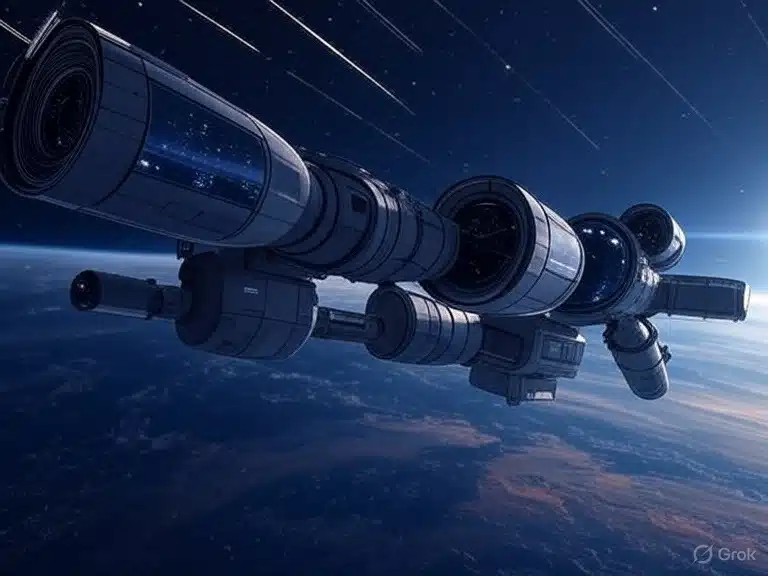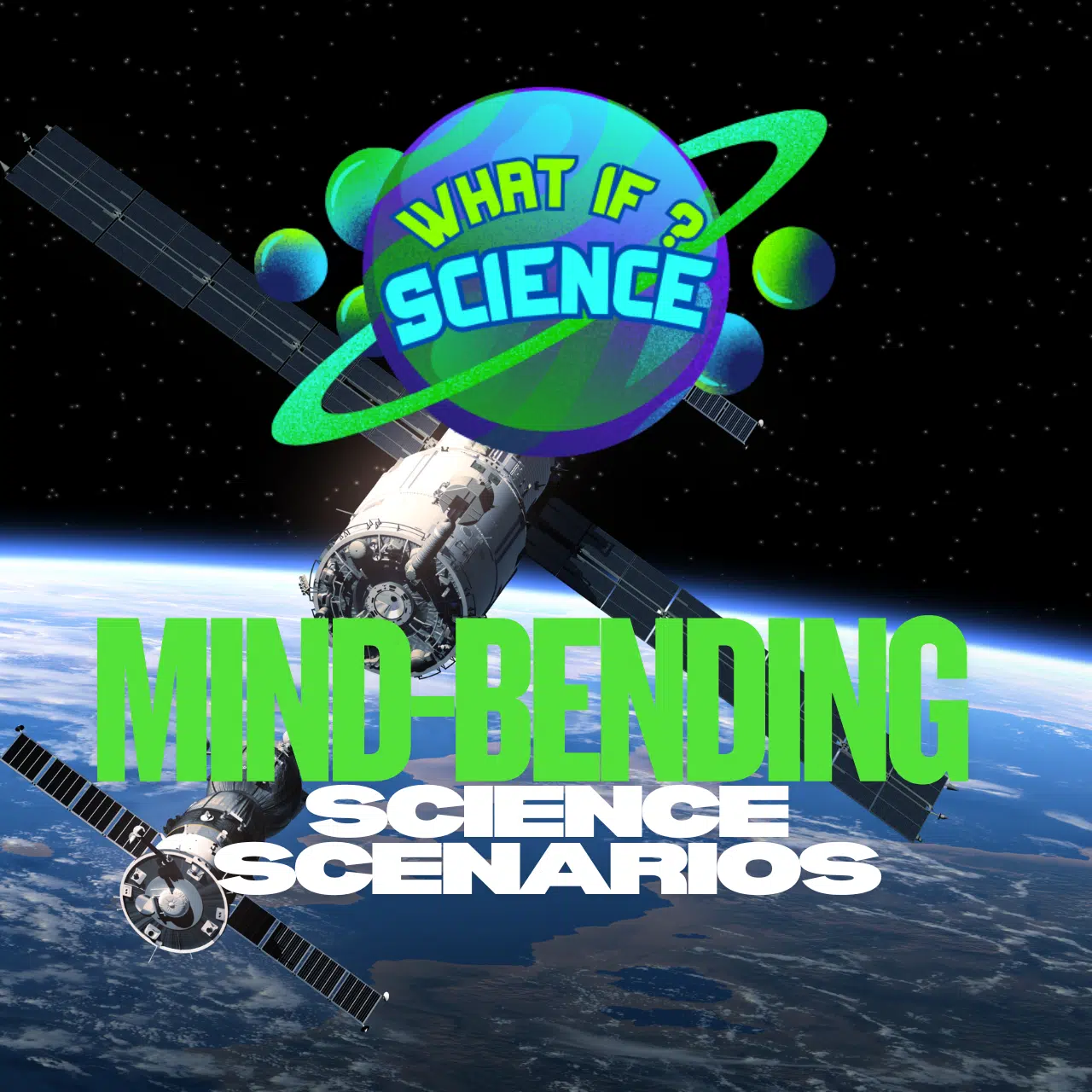Light is the fastest phenomenon in the universe, racing at 299,792 kilometers per second. It shapes everything we see, from the colors of a sunset to the very structure of the cosmos. But what if light suddenly traveled at half its current speed? The consequences would ripple through physics, astronomy, technology, and daily life, creating a reality dramatically different from the one we know.
Understanding the Speed of Light
The speed of light, denoted as c, is not just a number—it’s a cornerstone of physics. Einstein’s theory of relativity shows that nothing can travel faster than light. Its constant value underpins:
- Time and space measurements – Distance and duration are defined using light.
- Electromagnetic waves – Light, radio, and X-rays rely on its speed.
- Causality – The sequence of cause and effect depends on light’s speed.
Slowing light by half would therefore reshape the very framework of reality.
The Visual World in Slow Motion
If light traveled at half speed:
- Sunsets and Sunrises: Colors would appear distorted, with rays bending more slowly, creating prolonged sunsets that could last minutes instead of seconds.
- Human Vision: Light reaching our eyes would be delayed, slightly lagging reality, making fast-moving objects appear ghostly or smeared.
- Daily Life: Driving, sports, and flying objects would feel subtly altered due to delayed visual feedback.
The world would seem almost dreamlike, as if everything is lagging behind reality itself.

Astronomy and Space Exploration
The effects of slower light would be most dramatic on cosmic scales:
- Starlight Delays: Light from the Sun, normally 8 minutes away, would now take 16 minutes to reach Earth. Planning satellite communications and solar observations would require recalibration.
- Cosmic Observation: Telescopes would see the universe’s past further delayed, affecting astronomy and cosmology. Stars would appear in slightly different positions, and cosmic events would be misjudged.
- Interstellar Travel: Signals to distant spacecraft would lag dramatically, complicating missions to Mars and beyond.
The universe itself would feel slower, reshaping our perception of time on a cosmic scale.
Physics Under a New Light Speed
Slowing light affects more than observation:
- Relativity: Time dilation and mass-energy equivalence would adjust, slightly changing how objects behave at high speeds.
- Electromagnetism: Communication systems, electricity, and magnetism are tied to light speed. Slower light would force recalibration of electronics and energy systems.
- Quantum Mechanics: Photon interactions, particle physics experiments, and even chemical reactions might behave differently.
Even fundamental scientific constants would need reassessment, causing a cascade of revisions across physics.
Technology and Communication
Slower light would disrupt technology in fascinating ways:
- Fiber Optic Networks: Internet and data transfer rely on light speed. Halving c would double latency, affecting everything from video calls to global stock markets.
- GPS Systems: Satellites measure position using light-speed signals. Slower light would introduce errors, requiring recalibration or redesign.
- Lasers: Used in surgery, manufacturing, and military applications, lasers would behave differently, with delayed impact on targets.
From smartphones to spacecraft, humanity’s technological foundation would wobble under slower light.

Biological and Psychological Impacts
Light affects not only physics and technology but life itself:
- Circadian Rhythms: Human sleep cycles rely on sunlight cues. Delayed sunlight might confuse circadian rhythms, causing insomnia or disorientation.
- Visual Perception: Fast-moving events like sports or driving could feel off, altering reflexes and reaction times.
- Ecosystems: Plants rely on sunlight for photosynthesis. Changes in light arrival timing could disrupt plant growth, affecting food chains.
The slowing of light would therefore ripple from galaxies down to the cellular level.
Philosophical and Cultural Effects
Time and light are deeply intertwined in human perception. A slower light speed could inspire:
- Art and Photography: Capturing movement would reveal prolonged trails and delayed illumination.
- Literature and Philosophy: Concepts of time, speed, and presence would be reimagined.
- Cultural Perception: Daily life would feel slightly out of sync, changing how people experience reality.
Humanity’s understanding of reality would shift subtly but profoundly.
Conclusion
If light traveled at half its current speed, the consequences would be astonishing: delayed vision, altered physics, disrupted technology, and changes to life and culture. The universe would feel slower, and humanity would have to rethink observation, communication, and even our understanding of time itself.
While our bodies might adapt, our technology, society, and perception of reality would be forced into a new paradigm, proving just how dependent life is on the speed of light.

